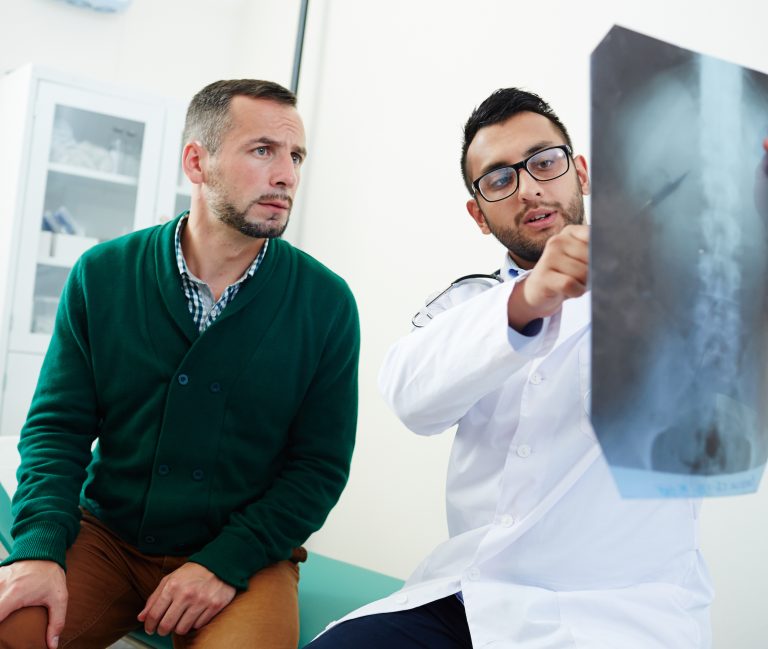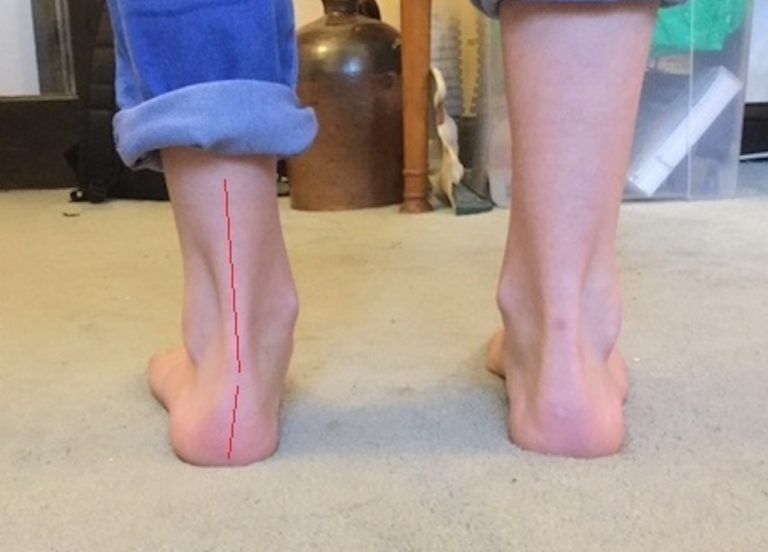Understanding Pain – Part 2: Pain doesn’t mean damage
A few facts about damage and pain:
- 96% of athletes younger than 22 will show changes on an MRI that some people call “abnormal”. But since everyone has them how “abnormal” can they be? (Rajaswaran 2014)
- 37% of 20 year olds with NO PAIN have disc degeneration in their spine (Brinjikji 2015)
- 57% of 20-50 year olds with no hip pain will have cartilage and ligament tears (Tresch 2016)
Source: Pain Guidebook – Greg Lehman
Key message 1: pain does not mean damage
Key message 2: damage shown on scan results does not necessarily mean it is the source of your pain.
Key message 3: pain is multidimensional; it is an output of the brain in response to a whole range of inputs not just relating to pain receptors but also to sleep, anxiety, fear, beliefs and so on.
Damage is poorly correlated to pain. You can have damage – it might show clearly on a scan – and not have pain. Conversely you can be in pain, without there being any tissue damage. You can, of course, have damage and have pain – think fractured bone, sprained ankle – though not necessarily so.
The concept of pain without damage is perhaps a surprising one. In what circumstances might we have pain without damage? In circumstances in which the brain perceives sufficient threat to the body to trigger the pain alarm.
And for good reason. There may well be an issue of tissues becoming overloaded: perhaps you have not built up sufficient capacity (flexibility, strength, coordination) to undertake the activity you are engaging in.
Perhaps you have a limitation elsewhere in the body that is restricting another part’s ability to find movement solutions e.g., make small changes in position during prolonged periods of sitting, or load the lower extremity efficiently during running/walking.
But remember, the pain response is also multi-dimensional. So it may be an increase in stress, anxiety, or lack of sleep that lowers the threshold at which the brain triggers the pain alarm.
Key message 1: pain does not mean damage
Key message 2: damage shown on scan results does not necessarily mean it is the source of your pain.
Key message 3: pain is multidimensional; it is an output of the brain in response to a whole range of inputs not just relating to pain receptors but also to sleep, anxiety, fear, beliefs and so on.
Implications:
- An MRI scan showing a bulging disc, or tendinopathy doesn’t mean you are destined to be in pain or that you will damage yourself further by continuing to move or exercise.
- Get moving as best you can; you won’t damage yourself and it’s okay to feel some pain, though be careful not to push through pain too much, especially if doing so makes it worse – this can cause you to become more sensitised ( a delicate path to be trodden sometimes).
- Try to self-audit and deal with those areas that may be contributing to your pain – stress, fear, sleep.
- You are adaptable and can overcome pain. (More about adaptability in the next newsletter)






